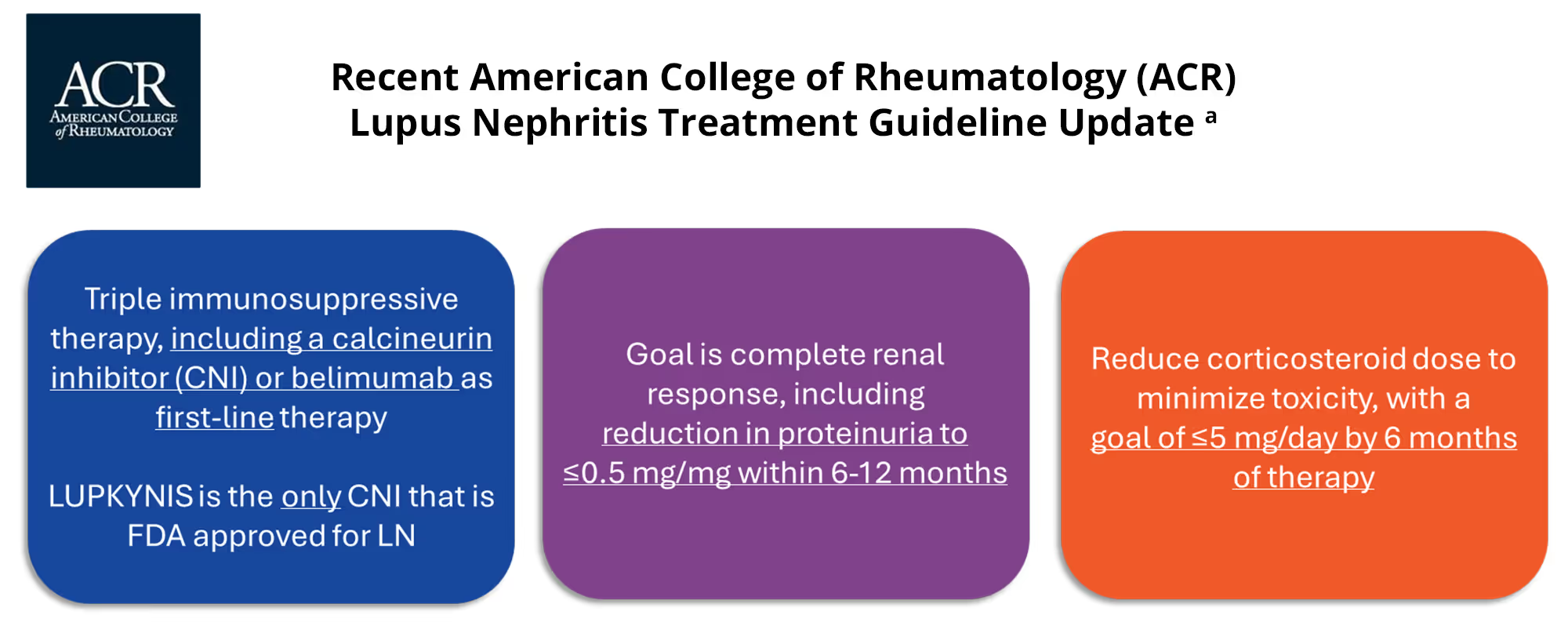Lupus Nephritis
Lupus Nephritis Is Among the Most Severe and Dangerous Complications of Systematic Lupus Erythematosus
Systematic lupus erythematosus (SLE), commonly known as lupus, is a chronic autoimmune disease where the body's immune system mistakenly attacks its own healthy tissues and organs. Over 200,000 people in the United States are estimated to have SLE, a of which 20% to 60% develop lupus nephritis (LN). b

a U.S. Centers for Disease Control and Prevention 2024
b KDIGO Lupus Nephritis Work Group, Kidney Int 2024
c Tamirou et al., Ann Rheum Dis 2016
Proteinuria Reduction Is Associated with Long-Term Renal Preservation
The larger the initial reduction in proteinuria in the first several months of management, the lower the risk of end-stage kidney disease.

a Adapted with permission from Chen et al., Clin J Am Soc Nephro 2008
b Retrospective analysis of patients (N=86) enrolled in the prospective, controlled study of plasmapheresis in severe LN to determine long-term prognosis of achieving partial response. Complete response was defined as SCr ≤1.4 mg/dL and proteinuria ≤0.33 g/day within 5 years of study entry, and partial response was defined as ≤25% increase in baseline SCr and ≥50% reduction in baseline proteinuria to ≤1.5 g/day (but >0.33 g/day) within 5 years of entering the study. Kidney survival was determined by kidney failure (≥6 mg/dL SCr or the initiation of kidney replacement therapy).
Recent American College of Rheumatology (ACR) Lupus Nephritis Treatment Guideline Update
In November 2024, the ACR released an updated guideline for the treatment of LN that emphasizes early and aggressive treatment to preserve kidney function. Specifically, this updated guideline now details the following:

a 2024 ACR Guideline for the Screening, Treatment, and Management of Lupus Nephritis: Guideline Summary 2024
